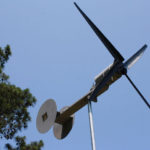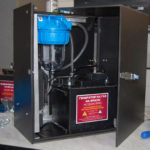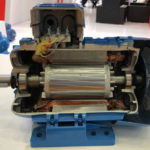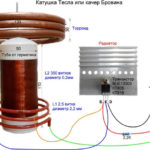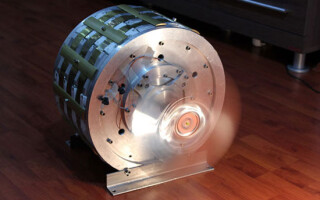For hundreds of years, mankind has been trying to create an engine that will work forever. Now this question is especially relevant when the planet is inevitably moving towards an energy crisis. Of course, it may never come, but regardless, people still need to move away from their usual sources of energy and the magnetic motor is a great option.
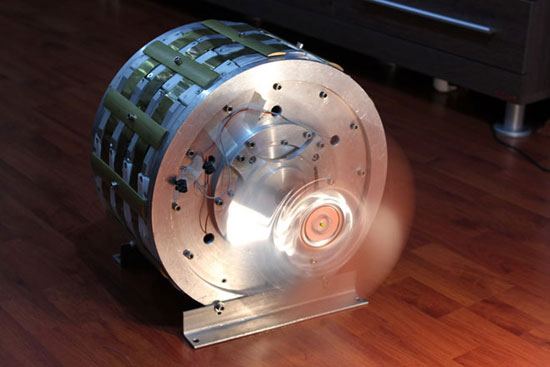
Content
What is a magnetic motor
All perpetual motion machines can be divided into 2 types:
- First;
- Second.
As for the former, they are mostly the fruit of the fantasies of science fiction writers, but the latter are quite real.The first type of such engines extracts energy from an empty place, but the second one receives it from a magnetic field, wind, water, sun, etc.
Magnetic fields are not only being actively studied, but also trying to use them as a "fuel" for an eternal power unit. Moreover, many of the scientists of different eras achieved significant success. Among the famous surnames, the following can be noted:
- Nikolay Lazarev;
- Mike Brady;
- Howard Johnson;
- Kouhei Minato;
- Nikola Tesla.
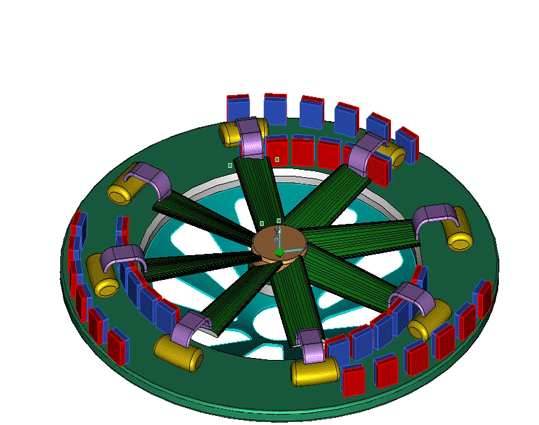
Particular attention was paid to permanent magnets, which can literally restore energy from the air (world ether). Despite the fact that there are no full-fledged explanations of the nature of permanent magnets at the moment, humanity is moving in the right direction.
At the moment, there are several options for linear power units that differ in their technology and assembly scheme, but work on the basis of the same principles:
- They work thanks to the energy of magnetic fields.
- Pulse action with the possibility of control and an additional power source.
- Technologies that combine the principles of both powertrains.
General device and principle of operation
Motors on magnets are not like the usual electric ones, in which rotation occurs due to electric current. The first option will work only thanks to the constant energy of the magnets and has 3 main parts:
- rotor with permanent magnet;
- stator with electric magnet;
- engine.
An electromechanical type generator is mounted on one shaft with a power unit. A static electromagnet is made in the form of an annular magnetic circuit with a cut out segment or arc.Among other things, the electric magnet also has an inductor to which an electrical switch is connected, thanks to which a reverse current is supplied.
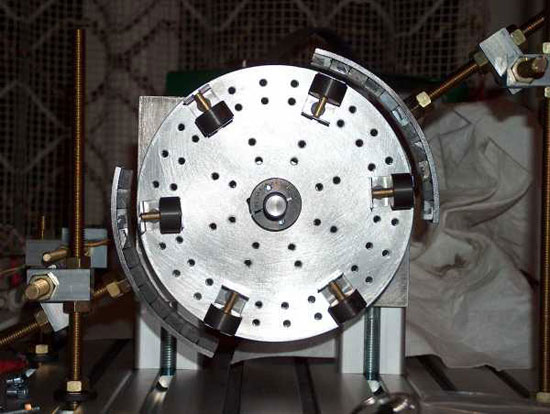
In fact, the principle of operation of different magnetic motors may differ based on the type of models. But in any case, the main driving force is precisely the property of permanent magnets. Consider the principle of operation, you can use the example of the Lorentz anti-gravity unit. The essence of its work lies in 2 differently charged disks that are connected to a power source. These discs are placed halfway in a hemispherical screen. They begin to actively rotate. Thus, the magnetic field is easily pushed out by the superconductor.
The history of the perpetual motion machine
The first mention of the creation of such a device arose in India in the 7th century, but the first practical samples of its creation arose in the 8th century in Europe. Naturally, the creation of such a device would significantly accelerate the development of energy science.
In those days, such a power unit could not only lift various loads, but also turn mills, as well as water pumps. In the 20th century, a significant discovery occurred that gave impetus to the creation of a power unit - the discovery of a permanent magnet with a subsequent study of its capabilities.

The motor model based on it was supposed to work for an unlimited amount of time, which is why it was called eternal.But be that as it may, there is nothing eternal, since any part or detail can fail, therefore, by the word “forever” it is necessary to understand only that it must work without interruption, while not implying any costs, including fuel.
Now it is impossible to accurately determine the creator of the first perpetual mechanism, which is based on magnets. Naturally, it is very different from the modern one, but there are some opinions that the first mention of a power unit on magnets is in the treatise of Bhskar Acharya, a mathematician from India.
The first information about the appearance of such a device in Europe appeared in the XIII century. The information came from Villard d'Honnecourt, an eminent engineer and architect. After his death, the inventor left his notebook to his descendants, in which there were different drawings of not only structures, but also mechanisms for lifting loads and the very first magnetic device, which remotely resembles a perpetual motion machine.
Tesla magnetic unipolar motor
Significant success in this area was achieved by the great scientist, known for many discoveries - Nikola Tesla. Among scientists, the scientist's device received a slightly different name - Tesla's unipolar generator.
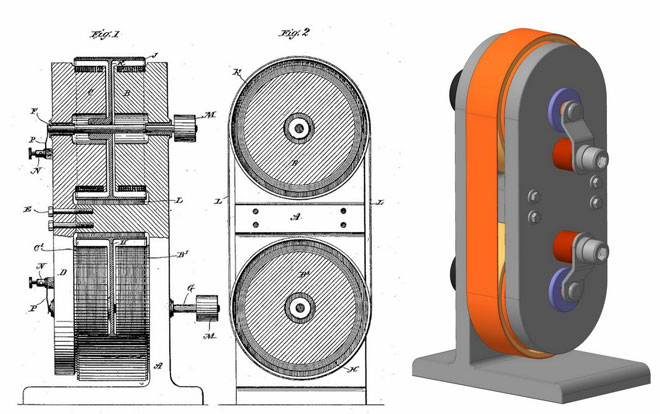
It is worth noting that the first research in this area is carried out by Faraday, but despite the fact that he created a prototype with a similar principle of operation, as Tesla later did, stability and efficiency left much to be desired. The word "unipolar" means that in the circuit of the device a cylindrical, disk or ring conductor is located between the poles of a permanent magnet.
The official patent presented the following scheme, in which there is a design with 2 shafts on which 2 pairs of magnets are installed: one pair creates a conditionally negative field, and the other pair creates a positive one. Between these magnets are generating conductors (unipolar disks), which are connected to each other using a metal tape, which in fact can be used not only to rotate the disk, but also as a conductor.
Tesla is known for a large number of useful inventions.
Minato engine
Another excellent version of such a mechanism, in which the energy of magnets is used as an uninterrupted autonomous operation, is an engine that has long gone into series, despite the fact that it was developed only 30 years ago by the Japanese inventor Kohei Minato.
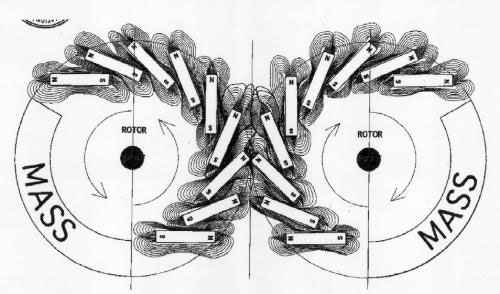
Experts note a high level of noiselessness and at the same time, efficiency. According to its creator, a magnetic-type self-rotating motor like this one has an efficiency above 300%.
The design implies a rotor in the form of a wheel or disk, on which magnets are placed at an angle. When a stator with a large magnet approaches them, the wheel begins to move, which is based on alternating repulsion / convergence of the poles. The rotation speed will increase as the stator approaches the rotor.
To eliminate unwanted impulses during wheel operation, stabilizer relays are used and the current consumption of the control electromagnet is reduced.There are also disadvantages in such a scheme, as the need for systematic magnetization and the lack of information on traction and load characteristics.
Howard Johnson magnetic motor
The scheme of this invention from Howard Johnson involves the use of energy, which is created due to the flow of unpaired electrons that are present in magnets, to create a power supply circuit for a power unit. The scheme of the device looks like a combination of a large number of magnets, the location of which is determined based on the design features.
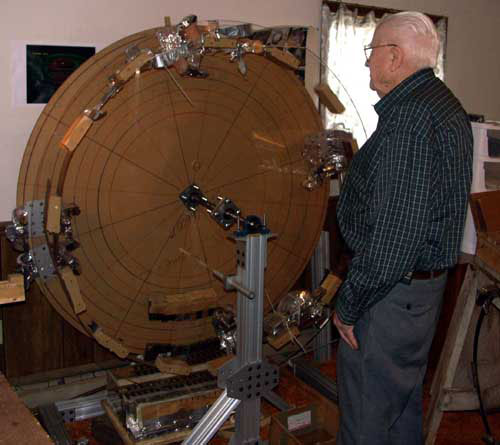
The magnets are located on a separate plate, with a high level of magnetic conductivity. Identical poles are located towards the rotor. This ensures alternate repulsion / attraction of the poles, and at the same time, the displacement of parts of the rotor and stator relative to each other.
Properly selected distance between the main working parts, allows you to choose the right magnetic concentration, so you can choose the strength of interaction.
Perendev generator
The Perendev generator is another successful interaction of magnetic forces. This is Mike Brady's invention, which he even managed to patent and create the Perendev company, before a criminal case was opened against him.
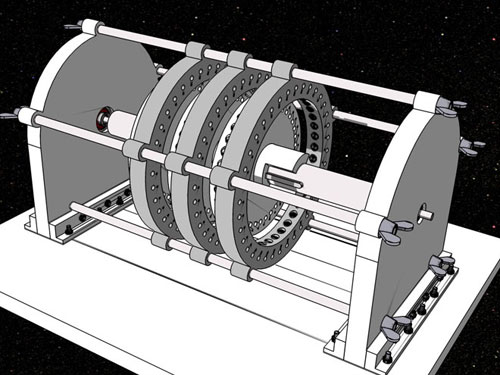
The stator and rotor are made in the form of an outer ring and a disk. As can be seen from the diagram provided in the patent, individual magnets are placed on them along a circular path, clearly observing a certain angle with respect to the central axis. Due to the interaction of the fields of the rotor and stator magnets, they rotate. The calculation of a chain of magnets is reduced to determining the angle of divergence.
Permanent magnet synchronous motor
A synchronous motor at constant frequencies is the main type of electric motor, where the rotor and stator speeds are at the same level. A classic electromagnetic power unit has windings on plates, but if you change the design of the armature and install permanent magnets instead of a coil, then you get a fairly effective model of a synchronous power unit.
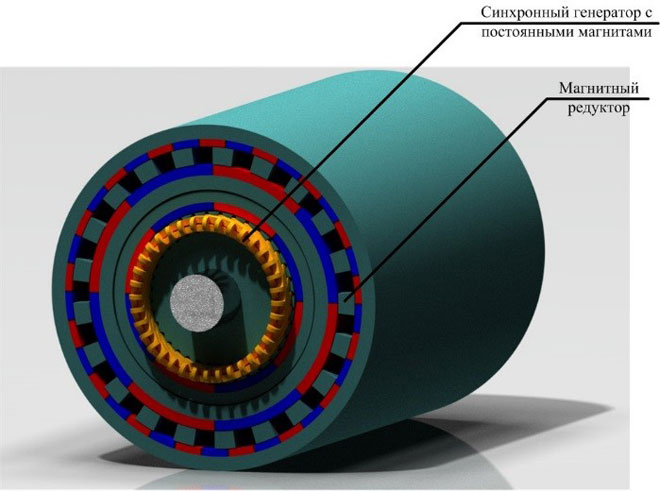
The stator circuit has a classic layout of the magnetic circuit, which includes the winding and plates, where the magnetic field of the electric current accumulates. This field interacts with the constant field of the rotor, which creates torque.
Among other things, it must be taken into account that, based on the specific type of circuit, the location of the armature and stator can be changed, for example, the first one can be made in the form of an outer shell. To activate the motor from the mains current, a magnetic starter circuit and a thermal protective relay are used.
How to assemble the engine yourself
No less popular are home-made versions of such devices. They are quite often found on the Internet, not only as working schemes, but also as specifically executed and working units.
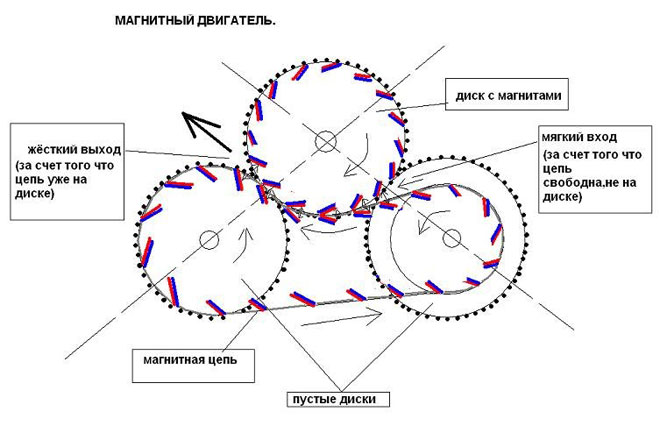
One of the easiest devices to create at home, it is created using 3 shafts connected to each other, which are fastened in such a way that the central one is turned to those on the sides.
In the center of the shaft in the middle is attached a disk of lucite, 4 inches in diameter and 0.5 inches thick.Those shafts that are located on the sides also have 2-inch discs, on which there are magnets of 4 pieces each, and on the central one there are twice as many - 8 pieces.
The axis must be in relation to the shafts in a parallel plane. The ends near the wheels pass with a flash of 1 minute. If you start moving the wheels, then the ends of the magnetic axis will begin to synchronize. To give acceleration, it is necessary to put an aluminum bar in the base of the device. One end should touch the magnetic parts a little. As soon as the design is improved in this way, the unit will rotate faster, by half a turn in 1 second.
The drives were mounted so that the shafts rotated similarly to each other. If you try to influence the system with your finger or some other object, then it will stop.
Guided by such a scheme, you can create a magnetic assembly on your own.
What are the advantages and disadvantages of actually working magnetic motors
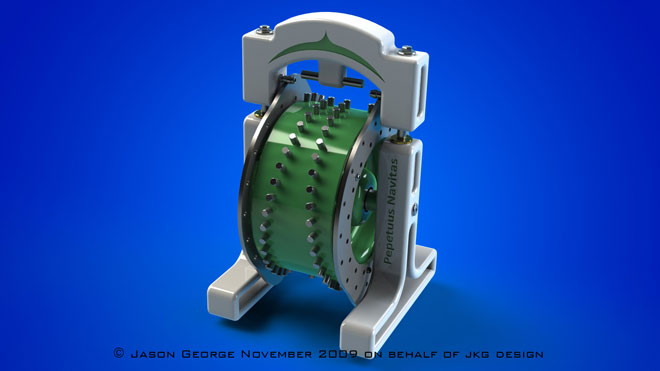
Among the advantages of such units, the following can be noted:
- Full autonomy with maximum fuel economy.
- A powerful device using magnets can provide a room with energy of 10 kW or more.
- Such an engine runs until it is completely worn out.
So far, such engines are not without drawbacks:
- The magnetic field can adversely affect human health and well-being.
- A large number of models cannot work effectively in domestic conditions.
- There are slight difficulties in connecting even the finished unit.
- The cost of such engines is quite high.
Such units are no longer fiction and will soon be able to completely replace the usual power units. At the moment, they cannot compete with conventional engines, but there is potential for development.
Similar articles:
